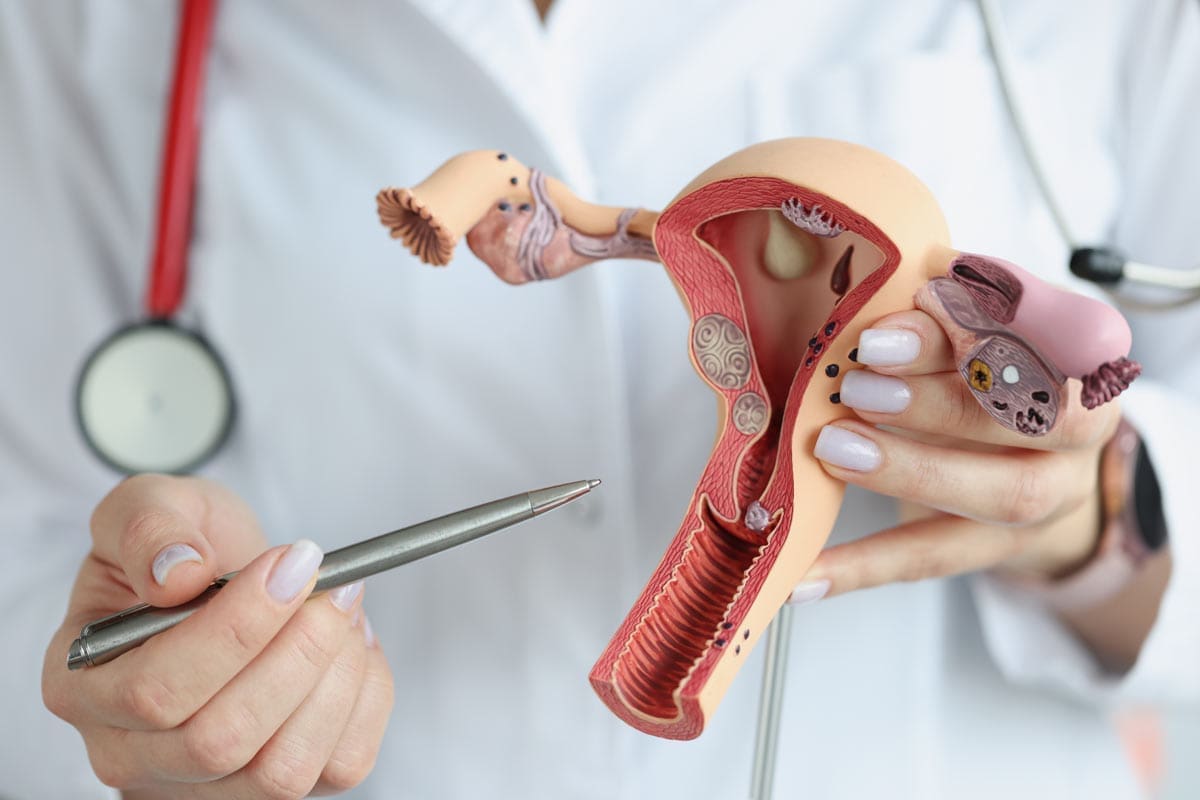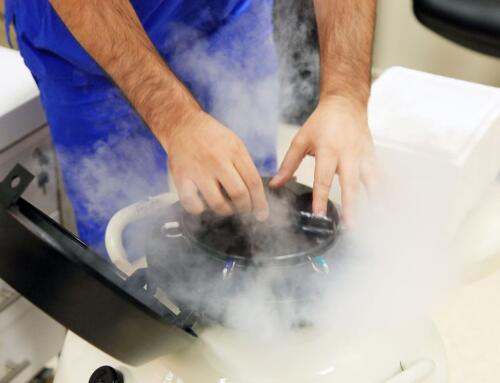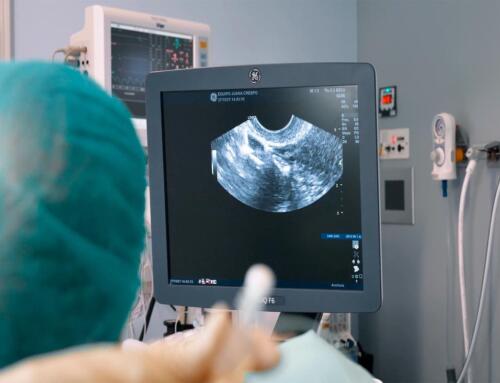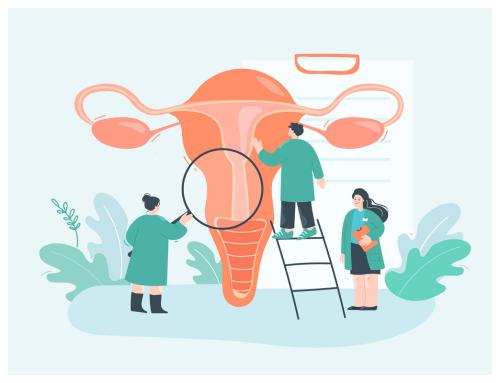The study of the patency of the fallopian tubes aims to rule out or detect obstructions in these structures of the female reproductive system that can make it difficult for them to fulfill their function and even make pregnancy impossible.
Problems and disorders of patency in the fallopian tubes are quite common, and are the cause of up to 24% of cases of female infertility.
What is the relationship between fallopian tube patency and infertility?
The fallopian tubes, also called oviducts, serve to transport the oocyte from the ovary to the uterus thanks to a series of contractions of their muscular layers and the undulating movement of the hair cells.
During ovulation, the fimbriae at their ends also increase in volume to speed up the process.
On the other hand, the sperm travel along the tubes towards the egg, with the aim of fertilizing it.
Once fertilization occurs, the oviducts take on another function: to provide nourishment to the fertilized oocyte.
The problem is that, when one or both tubes are obstructed (and therefore not permeable), the egg cannot descend to the uterus, making fertilization less likely (in the first case) or impossible (in the second).
Cases of low patency in the fallopian tubes
The fallopian tubes are approximately 8-10 centimeters long, and project from the body of the uterus. They extend in a superolateral direction, pass above and in front of the ovaries, and open into the peritoneal cavity laterally to them.
They are about the thickness of a pencil and their walls are lined with a mucosa with ciliated cells that help the oocyte to move through them.
Besides their anatomy, it should be noted that the oviducts are very delicate ducts, and can be damaged by diseases and infections such as salpingitis (inflammation of the tubes), hydrosalpinx (alteration of the female reproductive system characterized by obstruction and dilation of the fallopian tubes due to fluid accumulation), hematosalpinx (obstruction and dilatation due to accumulation of blood) or piosalpinx (acute inflammation of the tubes, which are obstructed because they are filled with pus), if not treated in time.
The fallopian tubes can also become obstructed due to scarring and adhesions caused by pelvic surgeries (appendectomies, cystectomies etc), cysts, uterine fibroids and endometriosis.
Some women have obstructed fallopian tubes from birth due to malformations or chromosomal alterations. This is known as “congenital tubal blockage”.
How do I know if I have tubal patency problems?
There are different tests for the study of fallopian tube patency.
- Ultrasound. It is routinely performed in gynecology offices, but it is only capable of detecting large hydrosalpinx.
- Hysterosalpingosonography with contrast (HSSG or Hysterosalpingo Contrast Sonography). This is a simple and quick tubal patency test. A harmless contrast is introduced through the uterus and ultrasound is performed without the need for sedation or anesthesia.
- Hysterosalpingography (HSG). In essence, it is a test very similar to the previous one. However, instead of contrast and ultrasound, X-rays and radiological contrast media are used, which is why it is used decreasingly.
- Laparoscopy. This test makes it possible to obtain precise information on the state of the fallopian tubes. To perform it, a camera is introduced through the woman’s navel in order to observe the uterus, ovaries and fallopian tubes. One of the particular features of the study of the fallopian tubes with laparoscopy is that it makes it possible to detect adhesions following surgery, endometriosis or pelvic inflammatory disease, and it is possible to eliminate both the former and the endometriotic foci on the spot. However, since it is a surgical procedure, it is recommended only in certain cases.
From these diagnostic tests, hysterosalpingosonography is the most commonly used, as it offers multiple advantages:
- It is safe and minimally invasive.
- It does not require anesthesia and causes little discomfort.
- It offers quality ultrasound images.
- It can be performed on an outpatient basis or at the gynecologist’s office.
- Results can be obtained instantly.
- Associated complications are minimal.
When is hysterosalpingosonography recommended?
This tubal patency test is especially indicated for:
- Women who have fertility problems. In this case, the objective is to identify a possible uterine or tubal factor.
- Women who are about to undergo assisted reproduction treatment. In this way, doctors can check tubal patency before starting the process.
- Women who suffer from vaginal bleeding without apparent cause and may be caused by disorders such as fibroids, polyps or endometriosis.
Treatment of fallopian tube patency to become pregnant
After performing the tubal patency test and, depending on the results and the origin of the obstruction, specialists can propose different options.
If the problems or alterations in the tubes are caused by an infection, they should be treated with antibiotics and anti-inflammatory drugs as soon as possible to prevent the tubal factor or, in other words, permanent obstruction.
If there are patency problems in only one of the tubes (unilateral tubal factor), fertility is not totally compromised, so the search for a natural pregnancy is recommended (although the chances of achieving it, in theory, may be somewhat lower).
If both tubes are obstructed (bilateral tubal factor), the specialist can evaluate the need for a laparoscopy depending on the origin and severity of the obstruction, and the age and general health of the patient.
In many of these cases, specialists advise women with tubal patency problems to undergo IVF, an alternative with which it is possible to achieve pregnancy despite the degree of obstruction and even if the tubes are damaged.
















